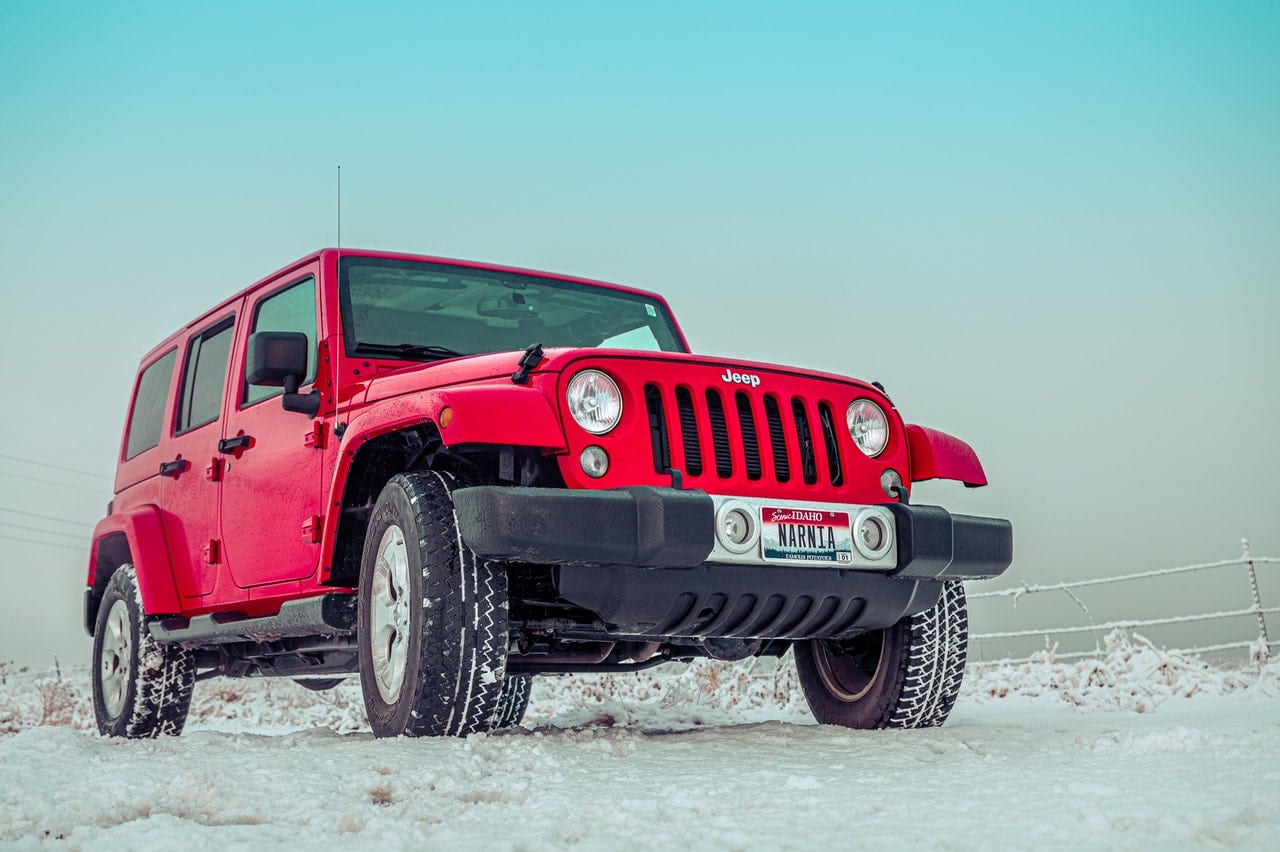Jeep is one of the most well-known and respected brands in the automotive industry. Jeep vehicles are famous for their off-roading capabilities, and are popular with both rural and urban dwellers.
Jeep has a rich and unique history, one that is unlike any other vehicle manufacturer.
In this article, we will take a look at the history of Jeep, from its founding all the way to its acquisition by Fiat.
The Beginning of the Jeep
The Jeep was created by American Bantam in 1940, and was used primarily as an Army vehicle during World War II. American Bantam was one of the many car manufacturers that were forced to fold after the 1929 stock market crash.
Bantam, an American company, was bankrupt but was approached by the US Army to design a prototype for a new car. The car was to be called the BRC or Bantam Reconnaissance Car.
Karl Probst, a freelance designer, was initially reluctant to take on the project but eventually agreed. The prototype was built using mostly off-the-shelf automotive parts and assembled by hand in Pennsylvania.
The car was then driven to Maryland where it met all the Army’s requirements except for engine torque.
The Creation of the Ford Pygmy
The Army still needed a vehicle, so they struck up a partnership with Henry Ford and asked him to build a prototype to supplement the Bantam.
Ford’s prototype was called the Ford Pygmy, and was roughly based off the Bantam design. The car was quickly thrown together by Ford engineers and was, unsurprisingly, much less rugged than the Bantam.
Jeeps During World War Two
The Jeep was first called the “Blitz Buggy,” but was later, and more generally, referred to as a “Jeep.” Ford received the first contract to produce Jeeps and the model was named “GPW” (or GP for “Government Pygmy”).
In 1941, the US military needed a vehicle that could carry a machine gun and was capable of navigating the rough terrain of the Pacific islands.
The US Army placed an order with Willys-Overland for a modified version of the Bantam prototype. Willys-Overland was chosen for the contract because of their production capabilities.
The Aftermath of World War Two
The Bantam, Ford, and Willys-Overland Jeeps were all mass-produced because the US military needed them. After the war, production of the Jeeps continued and they were used as work vehicles, off-road vehicles, ambulances, and other roles.
The war also changed American society, and made the country more urban than it had ever been before. This meant that many of the farmers and homesteaders who once purchased Willys-Overland Jeeps no longer needed them.
American Motors Acquisition
In 1953, Willys-Overland was sold to Kaiser Motors. They were the only company that continued to produce Jeep vehicles after the war.
In 1963, Kaiser Motors changed its name to Kaiser-Jeep. However, in 1970, Jeep’s operations were bought by American Motors Corporation (AMC). Jeep vehicles shared components with AMC’s passenger cars, which increased production volume and allowed Jeep to capitalise on its international and government markets.
Conclusion
The history of Jeep is truly fascinating, with twists and turns throughout. Today, Jeep vehicles are popular with all Americans and the world.
If you are an avid Jeep fan and have a vehicle of your own, decorate your ride with Color Seat Belts. We provide custom color seat belts to personalize your Jeep. Get in touch with us to learn more.

paxlovid buy: paxlovid pharmacy – paxlovid pill
Your comment is awaiting moderation.